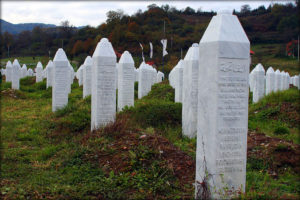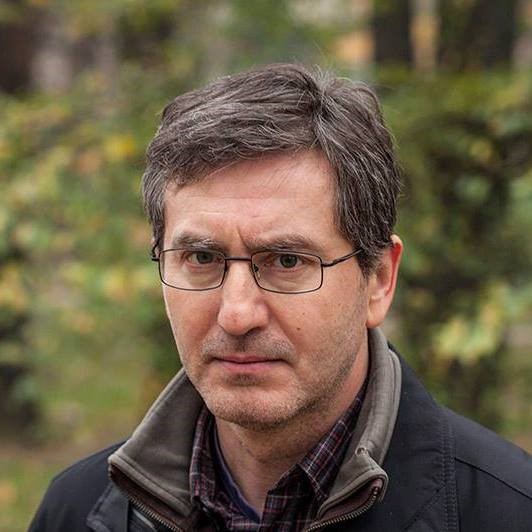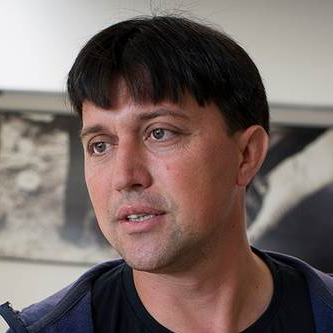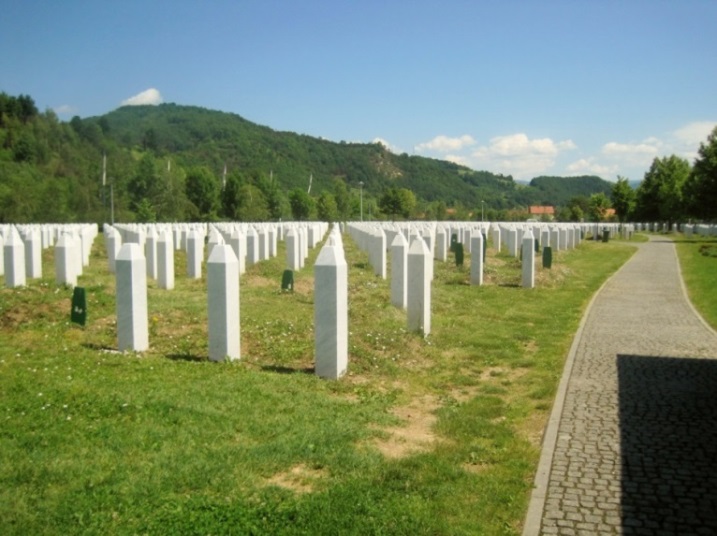Srebrenica
In July 1995, a genocidal massacre took place in the Bosnian town of Srebrenica. Around 8,000 Bosnian Muslims were murdered by the Army of Republika Srpska (the Bosnian Serb Republic) led by General Ratko Mladić.

Srebrenica Memorial © Kathleen Franklin
The victims were mostly men, ranging from teenagers to the elderly, however, there were instances of the murder of young children and women.
The massacre at Srebrenica was one of the most horrific events of the war in the former Balkan States. It remains the single largest mass murder in Europe since World War Two.
The Bosnian Serbs wanted to create a territorially contiguous political entity of Republika Srpska, and Srebrenica was a key link which needed to be ‘ethnically cleansed’ to create this. In 1992 Serbian military and paramilitary forces began the process of ‘ethnically cleansing’ the territory of Bosniaks, killing and displacing many thousands of people.
On 16 April 1993, the United Nations Security Council declared that Srebrenica was a ‘safe area’ and called for the area to be free from armed attacks. Despite this, the violence and killings continued. This culminated in a massacre, beginning on 13 July 1995 and lasting at least 72 hours, in which the Serbian army entered the town and began their campaign of genocide including mass executions, deportation of Bosniaks from their homes, and the use of rape as a weapon of war.
In the weeks leading up to 6 July 1995, tens of thousands of non-Serbs had taken refuge in Srebrenica from Serbian attacks in the north-east of Bosnia. The refugees were under the protection of Dutch Infantry forces, and fresh food and water were in short supply. When shelling close to refugee centres in Srebrenica began, the Dutch Commander called UN headquarters requesting ‘close air support’. As shelling intensified, more refugees from camps in the south fled to the town. Approximately 4,000 refugees were in the centre by 10 July and chaos spread. The Dutch commander called for NATO assistance to stop the shelling, however, assistance was delayed by the completion of the incorrect paperwork and NATO planes needing to refuel. By the afternoon of 11 July, Serb Commander Ratko Mladić arrived in the city.
On 12 July 1995 buses arrived in Srebrenica to remove the women and children and take them outside of the Serb-controlled zones. Approximately 23,000 women and children were deported over the course of 30 hours. During the deportations, Serb forces began selecting all men aged over 12 for ‘interrogation of suspected war crimes’. These boys and men were then held in lorries and warehouses.
The first killing of unarmed Muslim men began on 13 July in warehouses. At least 8,000 of them were murdered. They were marched to the places of their deaths. Up to 3,000 were shot in the fields. Others were trapped in warehouses, football fields, school playgrounds and farms and shot, in their thousands, with machine guns and grenades. Thousands of bodies were buried in mass graves. Some of the bodies have been recovered and reburied, but identification has proved extremely difficult.
On the evening of 12 July 1995, approximately 15,000 men who were being held in trucks and warehouses in Srebrenica managed to escape, but were shelled as they attempted to flee for safety across the mountains. They formed a column and began to walk the 55km toward Tuzla, the nearest Muslim territory. Serb forces created numerous ambushes and attacks on the column of Bosnian Muslims throughout their journey, murdering as many as they could. Four days later, the column of men arrived in Tuzla, exhausted. Many were injured. No more than 3,000 of the original column survived the journey.


